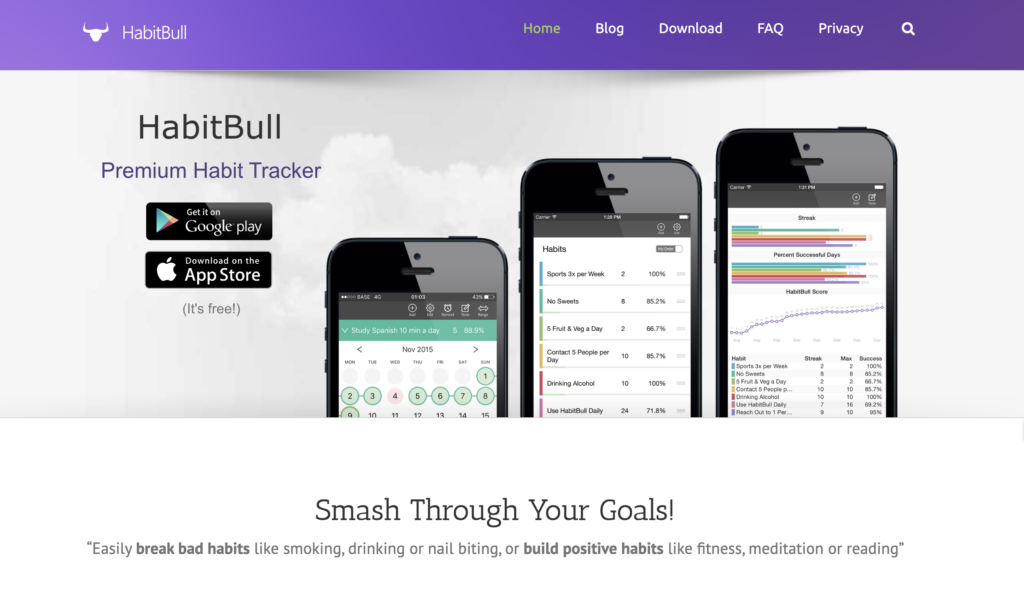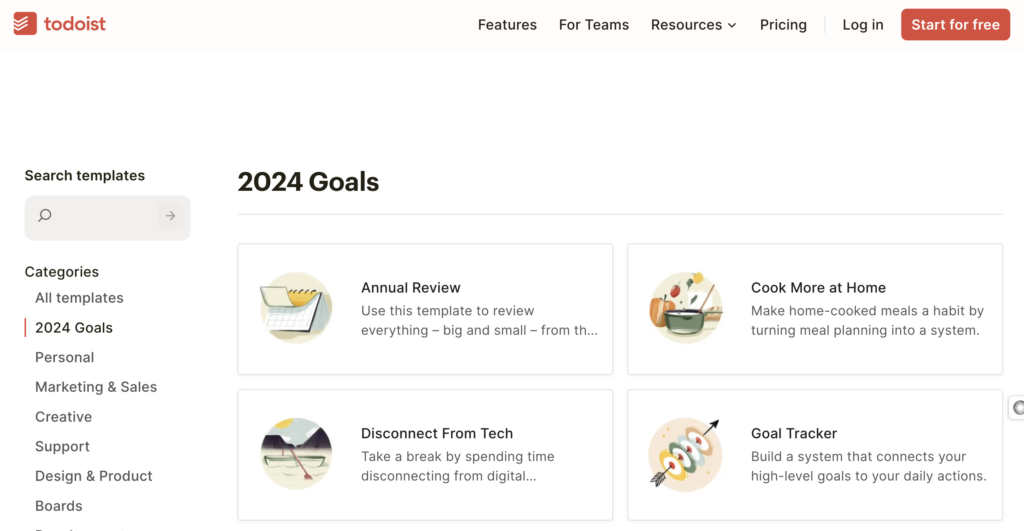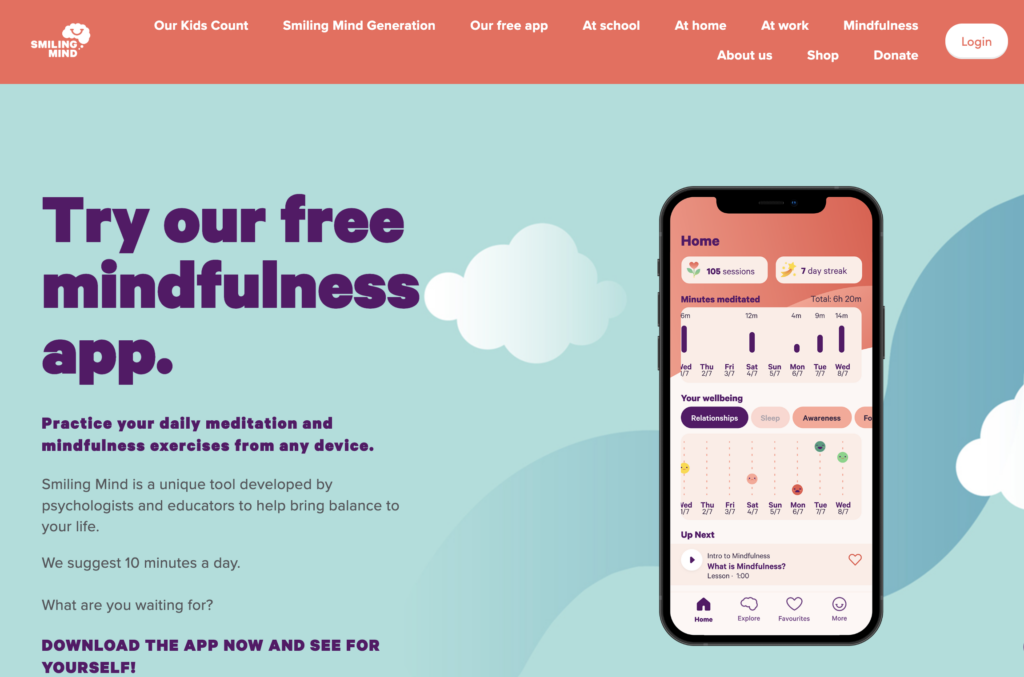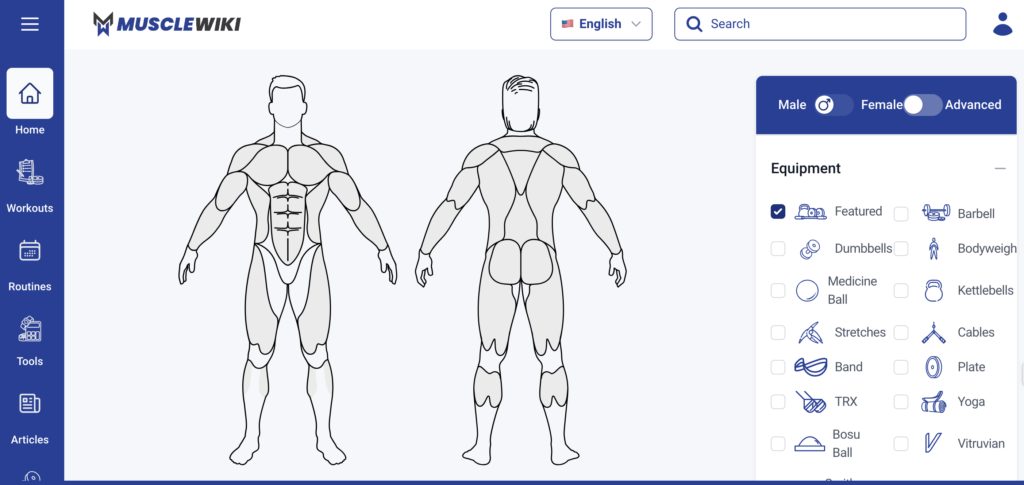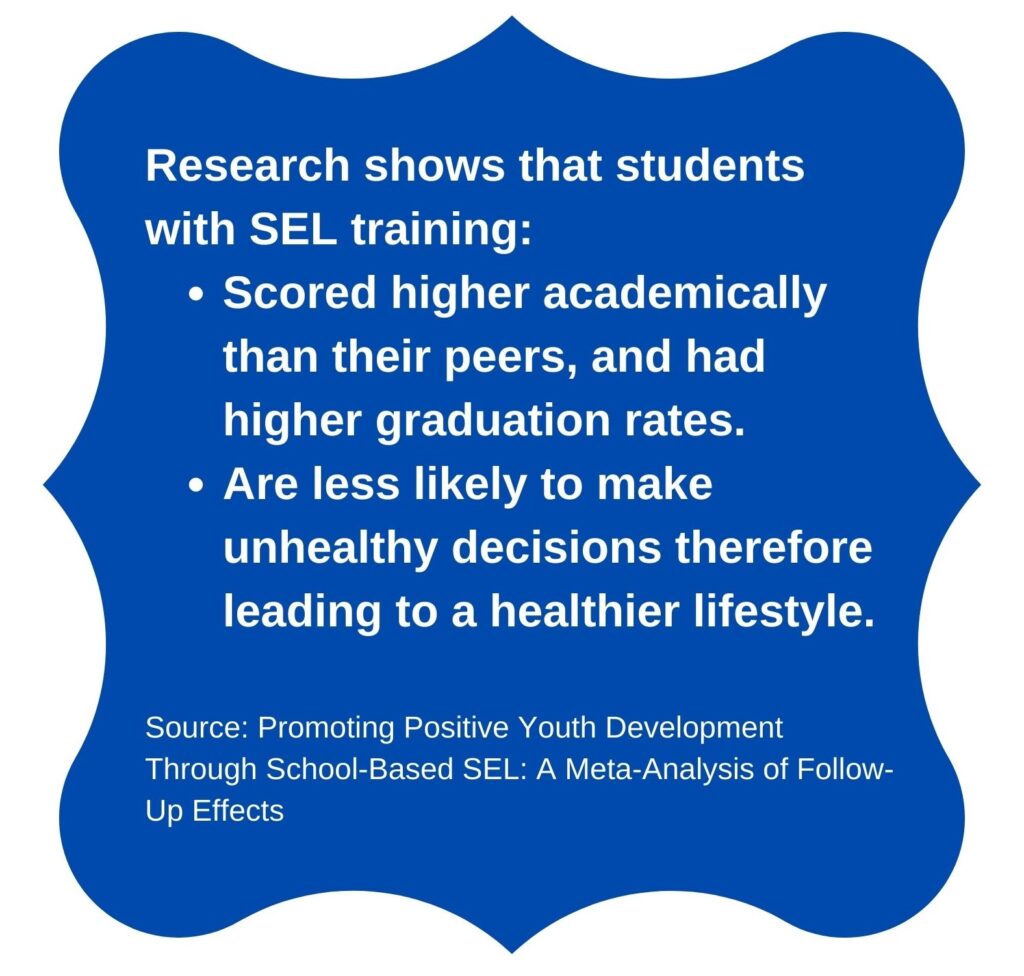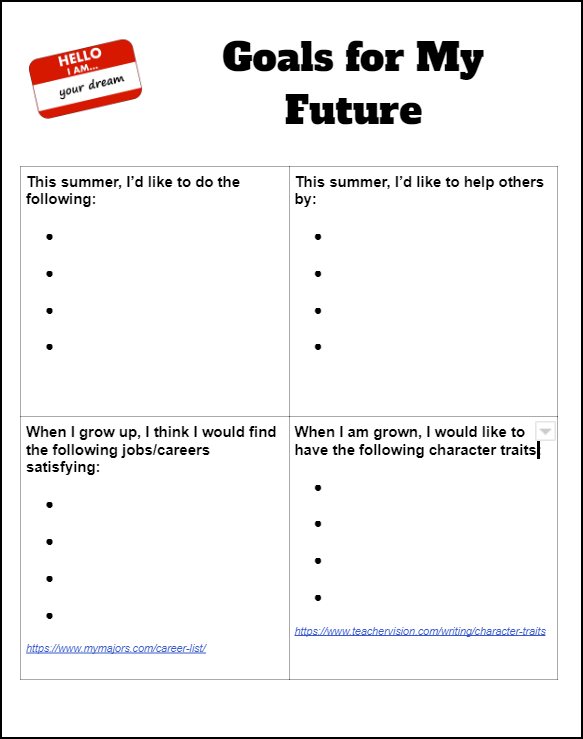At times, we can all be overwhelmed with more tasks and goals than we have time for. And it can often feel as if several should take priority. Regardless of your leadership role, setting clear goals and working strategically toward them is crucial for many reasons. Let’s look at one strategy, the WOOP method, that you might find helpful in setting and meeting goals.
What is WOOP?
The WOOP model, developed by psychologist Gabriele Oettingen, is a practical and evidence-based approach for setting and achieving goals effectively. WOOP stands for “Wish, Outcome, Obstacle, Plan.” This method is very simple to understand and implement. Some individuals may have mistakenly believed that the WOOP model is only suitable for personal goals. However, it can be applied effectively to professional goals as well. As the acronym suggests, it involves four key steps. Let’s look at how these steps can apply to technology leadership.
Step 1: Identify the wish.
As a technology leader, start by clearly defining the goal or objective you want to achieve. You can do this best by identifying the needs of your school, department, district, or yourself and going from there. For example, your wish could be related to purchasing, device deployment, hiring, improving team efficiency, boosting morale, or increasing satisfaction through technological innovation.
Step 2: Imagine the outcome.
Visualize the desired outcome of reaching that goal. Imagine how achieving this objective will benefit your team, department, school, or district. Picture the positive impact it will have on student learning, team morale, productivity, learning outcomes, and more. If you’re unsure of the impact, consider discussing it with your team to get their thoughts. They may shed light on additional outcomes you’d not considered.
Step 3: Identify obstacles.
Recognize and analyze the potential obstacles or challenges that may hinder the attainment of your goal. These could include technical limitations, resource constraints, cybersecurity threats, budget restrictions, or even resistance to change within the organization. What might get in the way of you meeting your goal? Take time to think through these obstacles intentionally.
Step 4: Plan for success.
Create a comprehensive plan outlining the steps, stages, and strategies required to overcome these obstacles and achieve the desired goal. This plan should include allocating resources, timelines, risk mitigation strategies, and clear communication channels to ensure alignment and accountability across the team. Consider this the roadmap to your destination!

Considerations for WOOP Goal Setting
One crucial thing to remember when using the WOOP method is to remain flexible and adaptable. While it’s important to set clear goals and develop structured plans to achieve them, the reality is that circumstances can change, unexpected obstacles can arise, and priorities may shift. So, be prepared to reassess and adjust your plans as needed along the way. This might involve modifying strategies, reallocating resources, or even revisiting and refining the initial goal based on new insights or changing conditions. By maintaining flexibility and being open to adaptation, you can better navigate the complexities of goal-setting and execution, ultimately increasing your chances of success in achieving the desired outcomes.
As a school or district leader, exploring methodologies such as the WOOP method can provide valuable frameworks for enhancing productivity, decision-making, and goal attainment within your educational institution. The WOOP method offers a structured approach to goal setting and planning, helping you identify and overcome obstacles to success. By exploring this method and considering its applicability to your unique role and context, you can enhance your leadership effectiveness and drive positive outcomes for your school or district.




